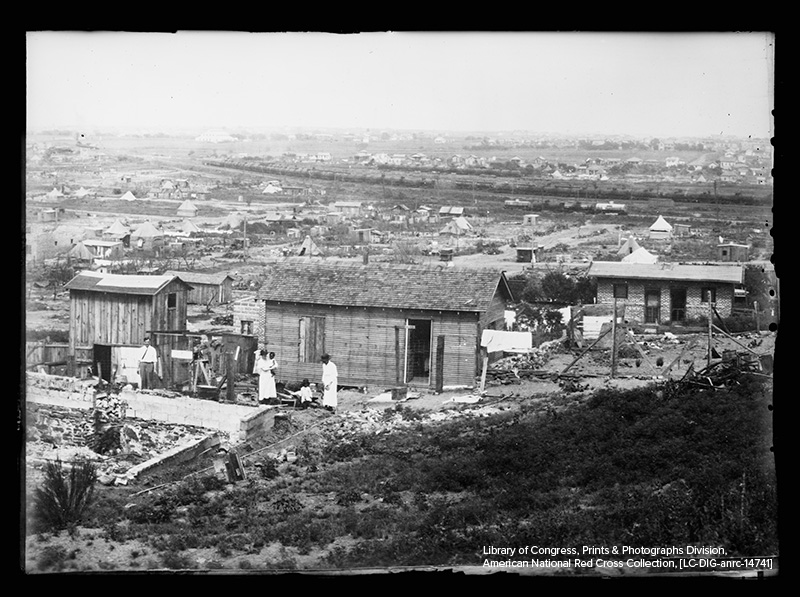![[Photo of the desctruction of homes and businesses in the Greenwood District, an African-American commiunity in Tulsa Oklahoma, after the Tusla Massacre in 1921] After the race riots June 1st, 1921, Tulsa, Okla. desctruction of homes and businesses in the Greenwood District](https://mhebtw.mheducation.com/wp-content/uploads/2021/06/053121_02P_FS-678x381.jpg)
One hundred years ago, one of the U.S.’s worst incidents of race-based violence occurred: the Tulsa Race Massacre. There were no memorials to those lost. Evidence of the riot was removed from newspapers and police logs. Now, however, a new lawsuit in Oklahoma is seeking reparations for the massacre. Here, btw takes a closer look.
What Was the Tulsa Race Massacre?
Starting on May 31, 1921, as many as three hundred African American residents of Tulsa, Oklahoma, were killed, and thousands more left homeless, when a white mob attacked the predominantly African American neighborhood of Greenwood. Many middle class African American business owners lived in Greenwood which included the area known as Black Wall Street. The mob looted and burned homes and businesses, including churches, a library, and a hospital. An estimated 1,250 houses were burned to the ground.

If you’ve never heard of the Tulsa Race Massacre before now, you are not alone. Most Americans are unaware of it. That’s because news media at the time covered it up. It wasn’t until the 1970s that scholars began to look into it. In 1996–the 75th anniversary of the riot–a memorial was finally placed in Greenwood. The massacre has only been included in Oklahoma history books since 2009.
What is the Lawsuit?
Because the massacre happened one hundred years ago, the plaintiffs in the case are mostly relatives of survivors. They are asking for reparations–monetary payments–to help make up for the ongoing emotional and physical distress that their loved ones experienced as a result of the riots.
One important component of the lawsuit is that the events in Tulsa weren’t just carried out by a white mob. Those who participated had help from members of the Tulsa Police Department, the Tulsa County Sheriff’s Department, the National Guard, and other local leaders. This makes the state directly responsible for what happened.
Why Reparations?
Direct payments to plaintiffs might seem odd, considering that so few of the massacre’s survivors are still alive today. But the ongoing economic effects of the riot remain. In Tulsa today, unemployment is double for African American residents what it is for white residents. The median household income for African American residents is $20,000 less than what it is for white residents.
When plaintiffs looked at the economic fallout from the massacre, they estimated that in property damage alone, African American residents of Tulsa lost between $50 and $100 million in today’s currency.
In the Words of Survivors
The few remaining survivors of the Tulsa Race Massacre testified last month on Capitol Hill, urging Congress to finally deliver some justice. Viola Fletcher, the oldest living survivor at age 107, movingly described seeing African American men being shot and smelling the burning buildings all around her. Also testifying before Congress were Hughes Van Ellis–Fletcher’s younger brother and a World War II veteran–and Lessie Benningfield Randle (age 106).
